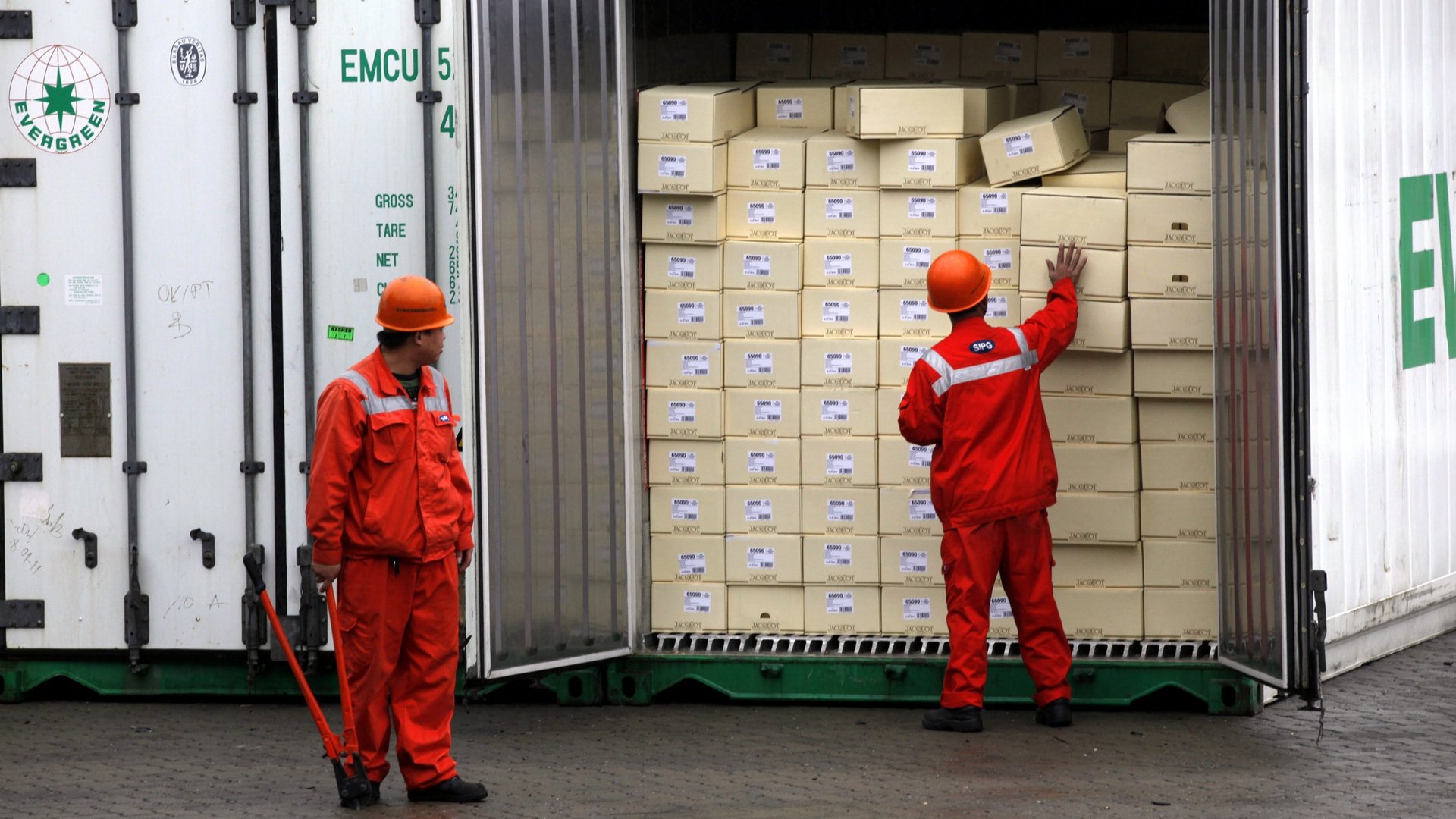China’s glowing trade data shows the economy is booming…or that more people are committing tax fraud
According to official data, China’s exports surged by a higher-than-expected 25% in January from the same month last year.


According to official data, China’s exports surged by a higher-than-expected 25% in January from the same month last year.
That could be a sign that Chinese industry is rebounding. But the nation’s export statistics are so riddled with fakery it is hard to tell.
Chinese companies get VAT refunds of a standard 17% on overseas sales. This often leads them to generate fake exports (pdf p.1). This requires producing fake invoices to show to the taxman. And China is home to a well established cottage industry of companies that offer to generate the fake paperwork (paywall) needed to achieve this.
That wheeze is a very old one. But it could have become more popular recently because many Chinese manufacturers had a difficult time in the second half of 2012. The official purchasing managers’ index of manufacturing activity in China hit readings of below 50, which would indicate contraction, in August-November of last year before climbing back up above 50 in December.
And there are other anecdotal signs Chinese exporters are not doing so well. Quartz has reported how scores of Chinese factories are suffering because state-owned banks are denying them loans. Yet if exporters really were doing a booming trade, the banks would perhaps not view them as such high-risk potential loan recipients. In Wenzhou, a massive export hub in China’s southeast, branches of some major banks are sporting bad loan ratios as high as 10% (report in Chinese). So the city’s manufacturers may not be in the best of health.
China’s exports also surged—ostensibly—in December, leading economists at investment banks Goldman Sachs and UBS to strongly question the data. UBS said China’s stated sales to South Korea and Taiwan in December did not match with those nations’ import figures, even though these statistics have historically matched up well.